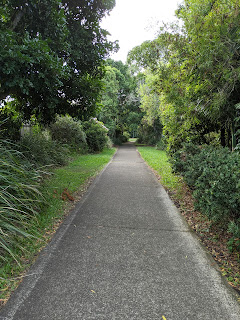Remembrance Day 2020
When Kevin Francis Galvin was born in May 1923 in Unley South Australia, his parents John Michael and Grace Walmsley Galvin brought him home to their two young sons, John Dominic, 4, and Desmond Joseph, 2. The family were then living in Charles St. Forestville. Three years later, Kathleen a younger sister for the 3 boys was born and the new baby was brought home to their house in Randolph Street in Henley Park.
About 1929 the young family moved to Melbourne as John Michael rose in the ranks of the Locomotive Engine Drivers' Union. Youngest son Gerard was born there several years later in 1936. By this time John Dominic was 18 and was one of 14 selected from over 400 Victorians applicants for a Royal Australian Air Force cadetship. John went on to qualify as a pilot and his is a story for another day.
 |
| Kevin Francis Galvin 25 May 1923 - 8 June 1944 |
It is not surprising then that younger brother Kevin was keen to enlist in the RAAF as aircrew when he was 18. He earned a wireless operators ticket and then qualified as an air gunner in 1942. In May 1943 he left Australia for the UK and by May 1944 he was with 77 Sqn. A mere 15 days after joining 77 Sqn he was killed in flight.
How parents must have dreaded those telegrams that carried the terrible news
Flight Sgt Kevin F Galvin of Thornbury has been killed in an operational flight as a member of the crew of a Halifax bomber which crashed at Elvington. Yorkshire, during the early invasion period. He was the third son of Mr. J. M. Galvin, Federal secretary of the Locomotive Engine Drivers' Union, and was educated at St. Thomas' C.B.C.. Clifton Hill, and later at St. Kevin's, Toorak. Before enlisting at the age of 18, he was a junior clerk In the Victorian Railways. He celebrated his 2lst birthday a fortnight before his death.
1944 'ROLL OF HONOR', The Age (Melbourne, Vic. : 1854 - 1954), 20 June, p. 4. , http://nla.gov.au/nla.news-article206784304
Kevin is buried in Harrogate Cemetery in Yorkshire
LEST WE FORGET
National Archives of Australia Flt/Sgt Kevin Francis Galvin 418382 Records
Commonwealth War Graves Commission - Harrogate (Stonefall) Cemetery Sec. B. Row E. Grave 17.
This post first appeared on earlieryears.blogspot.com by CRGalvin




















































